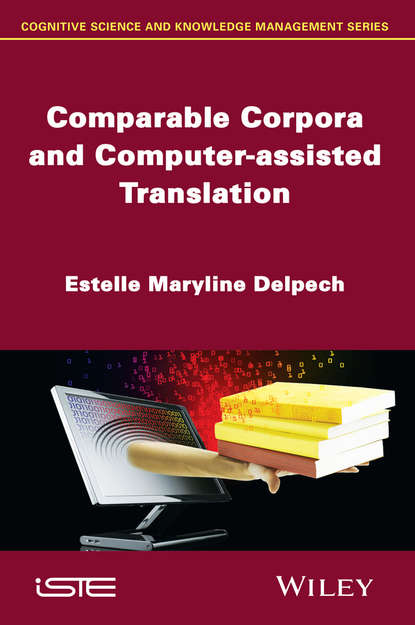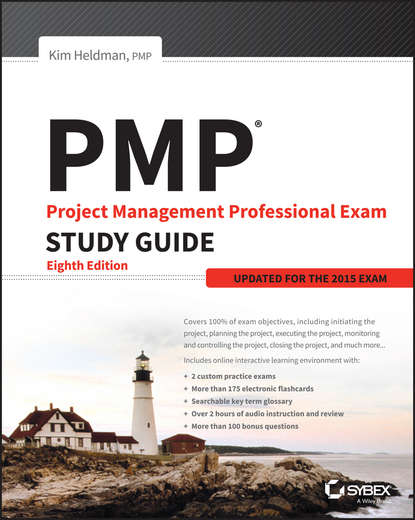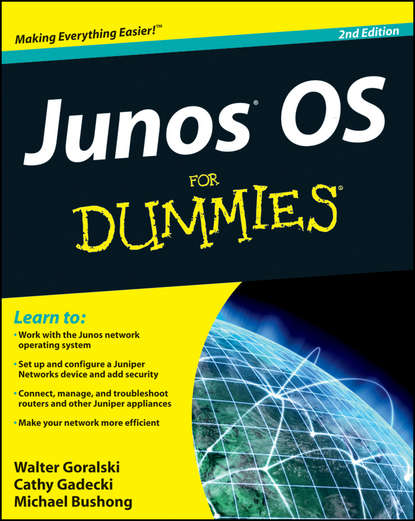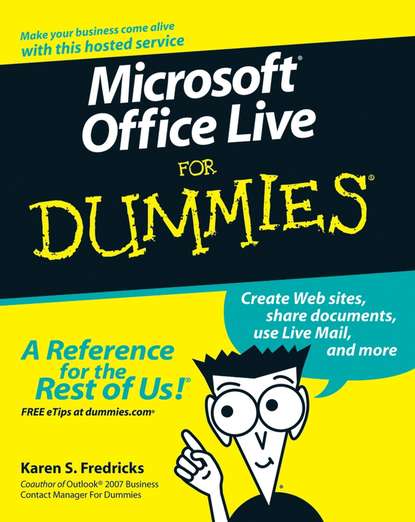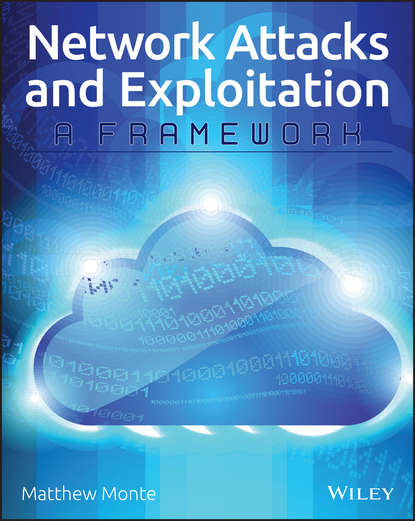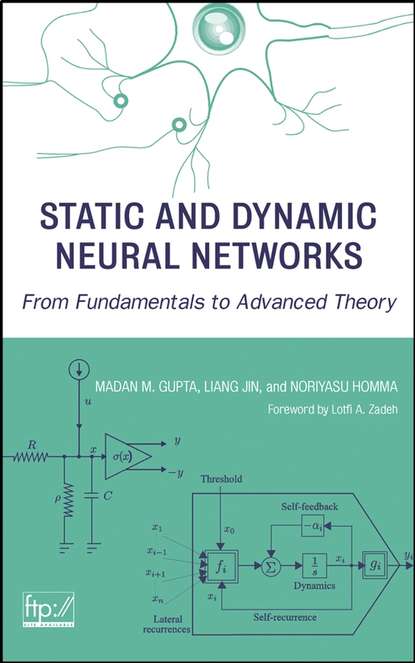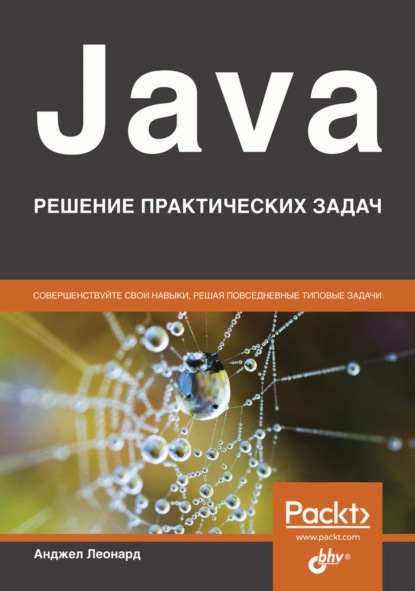Книга "Comparable Corpora and Computer-assisted Translation" рассматривает проблему использования памяти переводов (translation memories) в компьютерной помощи переводчику (CAT), когда у переводчика нет корпуса предыдущих переводов, связанных с темой текста. Автор исследует возможность использования сопоставимых корпусов, то есть набора текстов на двух или более языках, которые затрагивают одну и ту же тему, но не являются переводами друг друга. Книга имеет две основные цели: оценить возможность использования лексиконов, извлеченных из сопоставимых корпусов, идентифицировать методы извлечения двуязычных лексиконов, которые наилучшим образом соответствуют потребностям переводчиков, а также определить текущие ограничения этих техник и предложить улучшения. Эксперименты проводятся на двух языковых парах (английский-французский и английский-немецкий) и на специализированных текстах, касающихся рака груди. Книга организована в две части: первая часть посвящена научному и практическому контексту исследования, а вторая часть - улучшению композиционного перевода. Результаты исследований, представленные в книге, были удостоены премии ATALA за лучшую диссертацию 2014 года в области обработки естественного языка.
Электронная Книга «Comparable Corpora and Computer-assisted Translation» написана автором Estelle Delpech Maryline в году.
Минимальный возраст читателя: 0
Язык: Английский
ISBN: 9781119002529
Описание книги от Estelle Delpech Maryline
Computer-assisted translation (CAT) has always used translation memories, which require the translator to have a corpus of previous translations that the CAT software can use to generate bilingual lexicons. This can be problematic when the translator does not have such a corpus, for instance, when the text belongs to an emerging field. To solve this issue, CAT research has looked into the leveraging of comparable corpora, i.e. a set of texts, in two or more languages, which deal with the same topic but are not translations of one another. This work had two primary objectives. The first is to assess the input of lexicons extracted from comparable corpora in the context of a specialized human translation task. The second objective is to identify bilingual-lexicon-extraction methods which best match the translators’ needs, determining the current limits of these techniques and suggesting improvements. The author focuses, in particular, on the identification of fertile translations, the management of multiple morphological structures, and the ranking of candidate translations. The experiments are carried out on two language pairs (English–French and English–German) and on specialized texts dealing with breast cancer. This research puts significant emphasis on applicability – methodological choices are guided by the needs of the final users. This book is organized in two parts: the first part presents the applicative and scientific context of the research, and the second part is given over to efforts to improve compositional translation. The research work presented in this book received the PhD Thesis award 2014 from the French association for natural language processing (ATALA).
